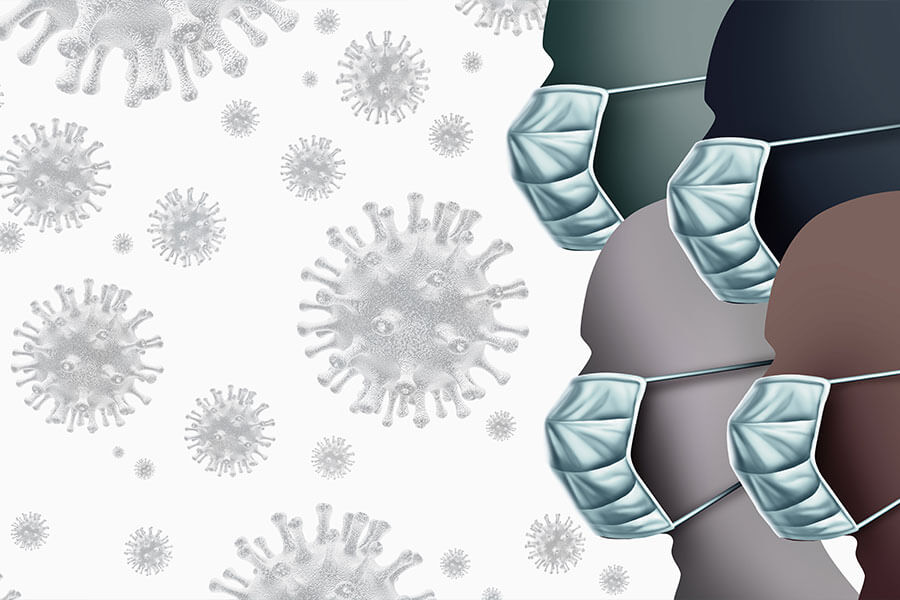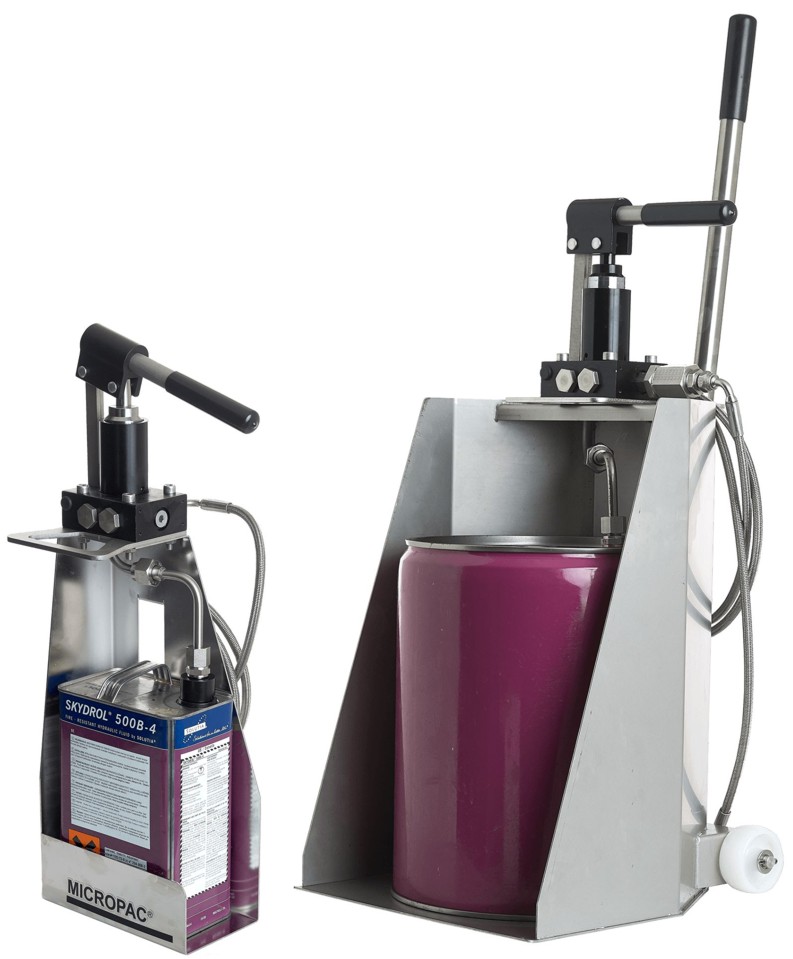We certainly know our seals here, we’ve been designing pumps for 30 years! Here’s some of what we’ve learnt:
Think carefully about designing in a seal unique to one manufacturer. It is a right headache if they are suddenly on a 16 week lead.
There are Chinese seals and Chinese seals. Bearing in mind that they dominate the market, the product will probably be top rate. Just be very careful, because we have seen some moulding defects that I only thought existed in the back of my ancient Dowty Seals catalogue. Truly dreadful. Read my earlier blog on “don’t let a penny seal wreck your business”. Much as your buyer might want to be a hero and save a thousand a year, do you really want to be sending kit with suspect o-rings round the world. I think Engineers have better things to do than pick up the pieces from an o-ring debacle.
The Seal Jet process is worth taking seriously for small quantities and special compounds not otherwise available in moulded seals. I think DMR seals on www.dmrseals.co.uk do very well for us. Try to use standard sections so that you are not stuck with Seal Jet if you start to sell thousands!
EPDM is EPDM! Actually no. If anybody mentions skydrol to you, you need to source peroxide cured EPDM, not “normal” sulphur. There is plenty of potential for disaster here. There is some lurking issue with odd plasticisers used in some EPDM whereby the o-ring is “hollowed out” and shrinks rather than swelling up. “The seals swell up on skydrol”. Well, actually, they may shrink.
Ultra high molecular weight polyethylene can be an amazing seal material, with the proviso on a maximum temperature of 80 degrees C. I was and still am sold on it apart from one niggle on using a bulk cheap polymer which can have occasional “wild” properties for demanding and precise applications.
Take the finishes and clearances in the back of your old Dowty seals catalogue very seriously. Any rolling of an o-ring both pumps oil past and ends in a nasty failure. Big clearances are hopeless.
Polyurethane can have a mighty high friction. That said, it is tough old stuff.
Keep in mind the difference between “approved for use on potable water” and “suitable for use on potable water”. Look what has actually been requested. WRAS approved seals are highly specialist.
There is a risk in using large numbers of spiral back up rings in production. They are easy to catch during assembly. You only need to catch “one or two” during assembly and the problem is not detected during testing and you then have one or two units back due to a stupid assembly issue. Profiled elastomeric solid back up rings like Parker Parbaks are mighty useful as an alternative.
Keep wretched paper towel away from seals. Fibres of paper are a disaster. Clean room wipes are the proper material to use.
If you have any seal problem on products, use an 8D or similar methodical problem solving tool to bring out all the possible root causes. Don’t just dive in. Seal problems always seem to be tricky.
It is certainly a deep subject and I think that you never stop learning.





Leave A Comment